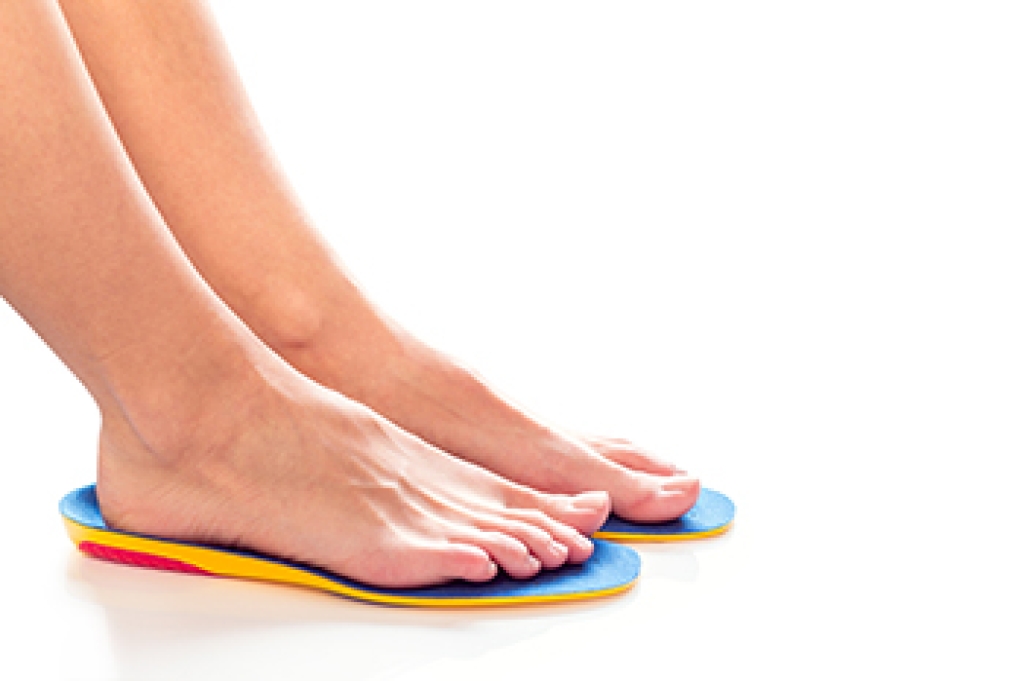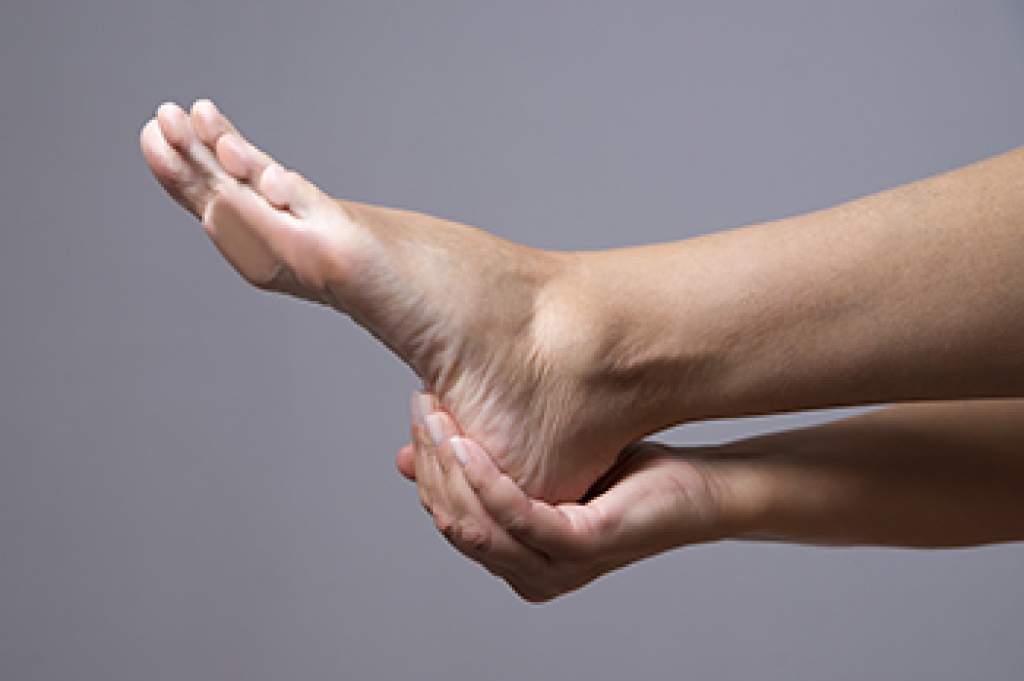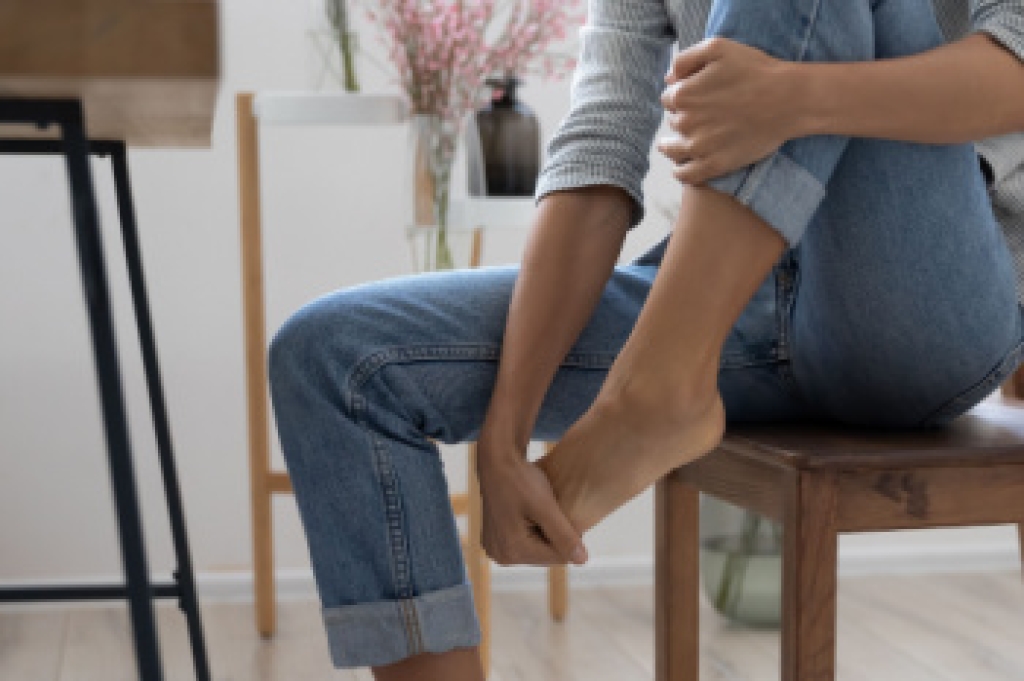
Orthotics are specialized shoe inserts designed to provide support, improve alignment, and relieve foot pain. They can be custom-made or over-the-counter, depending on individual needs. While many people assume orthotics are only for seniors or those with severe foot problems, they benefit a wide range of individuals, from athletes to people who stand for long hours. Conditions like flat feet, plantar fasciitis, bunions, and even knee or back pain can be influenced by foot mechanics. Orthotics help distribute pressure evenly, reducing strain on joints and muscles. They can also prevent further complications by improving posture and gait. Choosing the right orthotics depends on factors such as foot structure, lifestyle, and existing conditions. A podiatrist can assess whether orthotics are necessary and recommend the best option to keep you moving comfortably. If you have foot pain or a specific foot condition, it is suggested that you see a podiatrist who can determine if orthotics are right for you.
If you are having discomfort in your feet and would like to try orthotics, contact Dr. Castillo from Bronx Foot Care. Our doctor can provide the care you need to keep you pain-free and on your feet.
What Are Orthotics?
Orthotics are inserts you can place into your shoes to help with a variety of foot problems such as flat feet or foot pain. Orthotics provide relief and comfort for minor foot and heel pain but can’t correct serious biomechanical problems in your feet.
Over-the-Counter Inserts
Orthotics come in a wide variety of over-the-counter inserts that are used to treat foot pain, heel pain, and minor problems. For example, arch supports can be inserted into your shoes to help correct overarched or flat feet, while gel insoles are often used because they provide comfort and relief from foot and heel pain by alleviating pressure.
Prescription Orthotics
If over-the-counter inserts don’t work for you or if you have a more severe foot concern, it is possible to have your podiatrist prescribe custom orthotics. These high-quality inserts are designed to treat problems such as abnormal motion, plantar fasciitis, and severe forms of heel pain. They can even be used to help patients suffering from diabetes by treating foot ulcers and painful calluses and are usually molded to your feet individually, which allows them to provide full support and comfort.
If you are experiencing minor to severe foot or heel pain, it’s recommended to speak with your podiatrist about the possibilities of using orthotics. A podiatrist can determine which type of orthotic is right for you and allow you to take the first steps towards being pain-free.
If you have any questions, please feel free to contact our offices located in Bronx, NY Yonkers, NY . We offer the newest diagnostic and treatment technologies for all your foot care needs.




